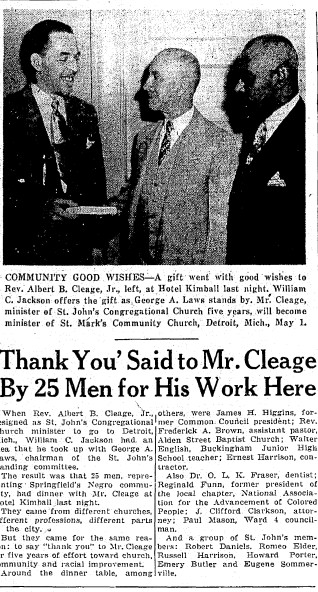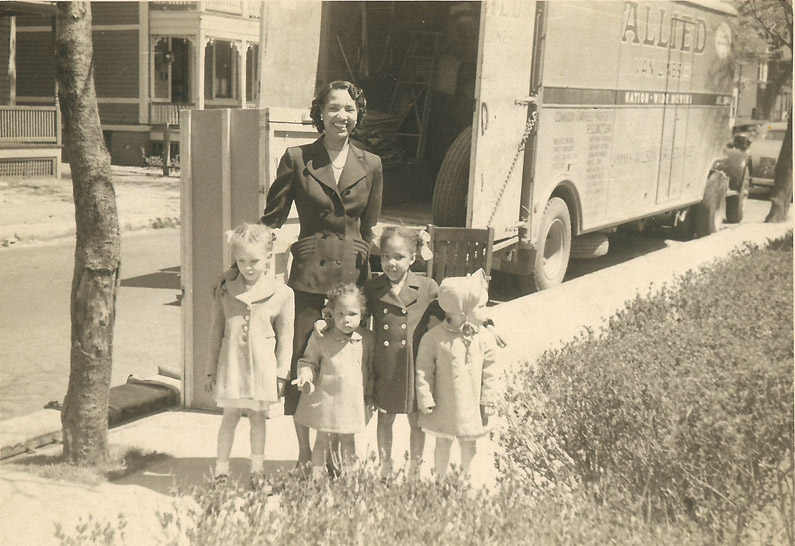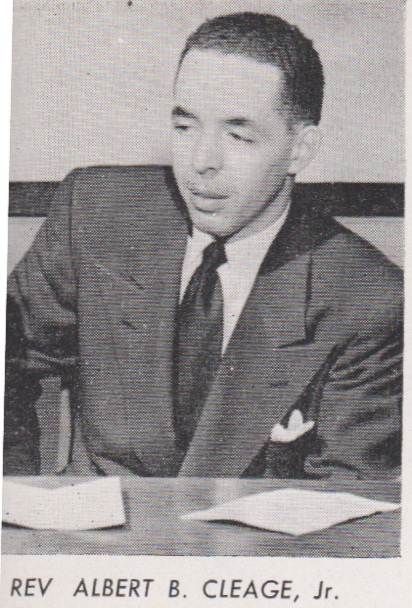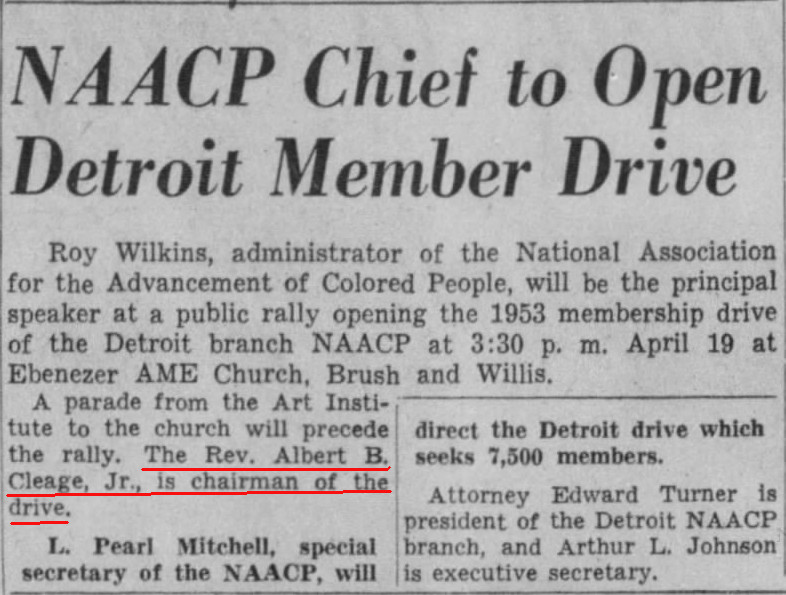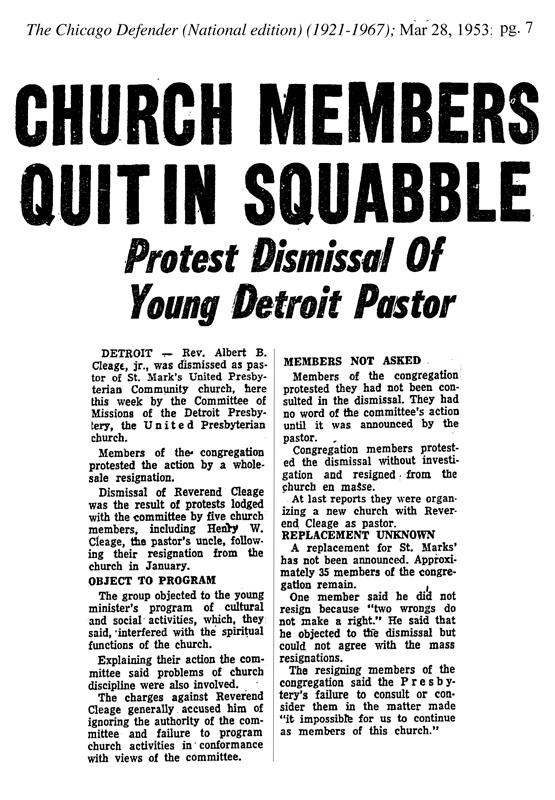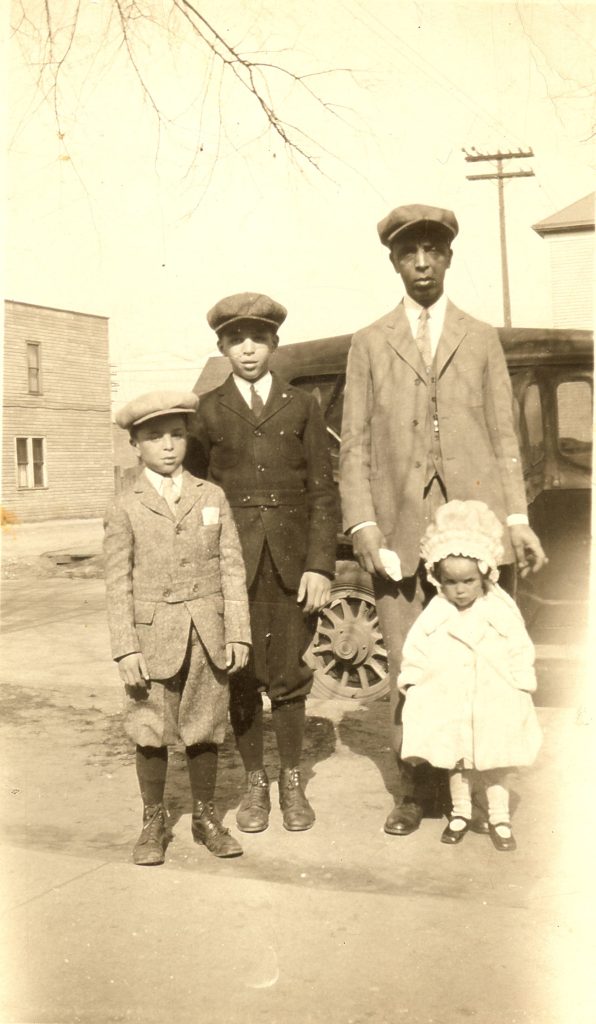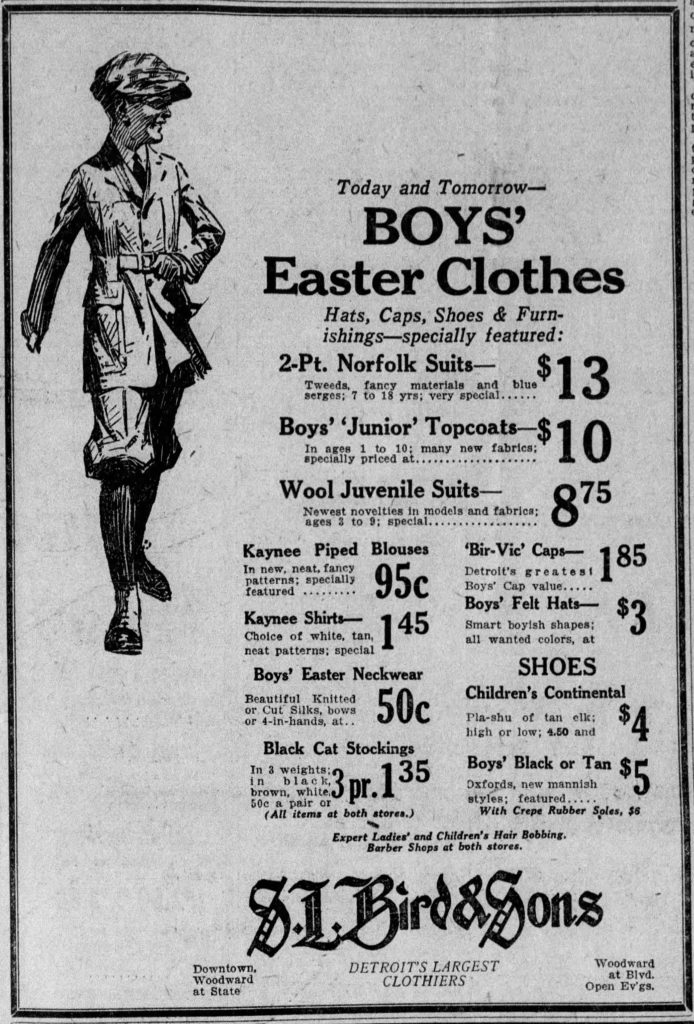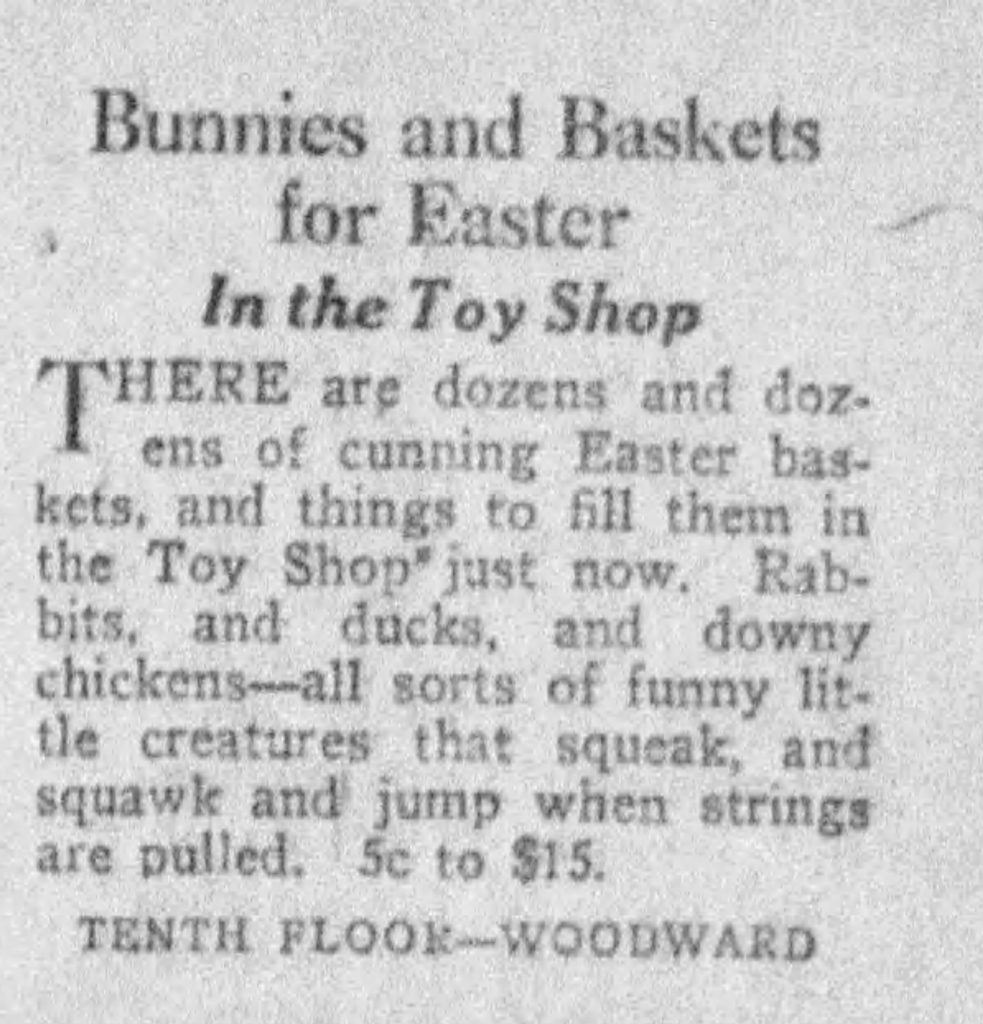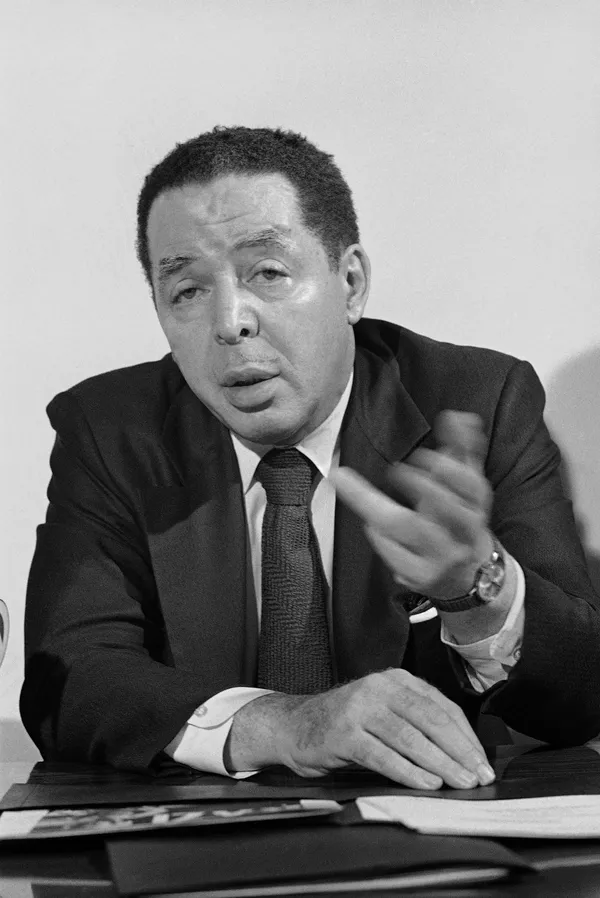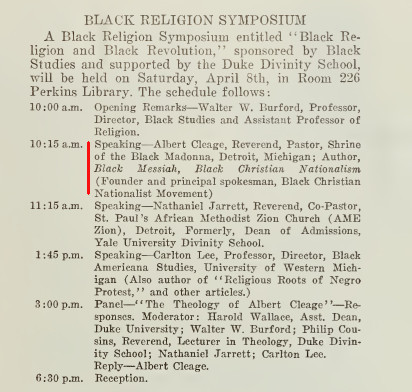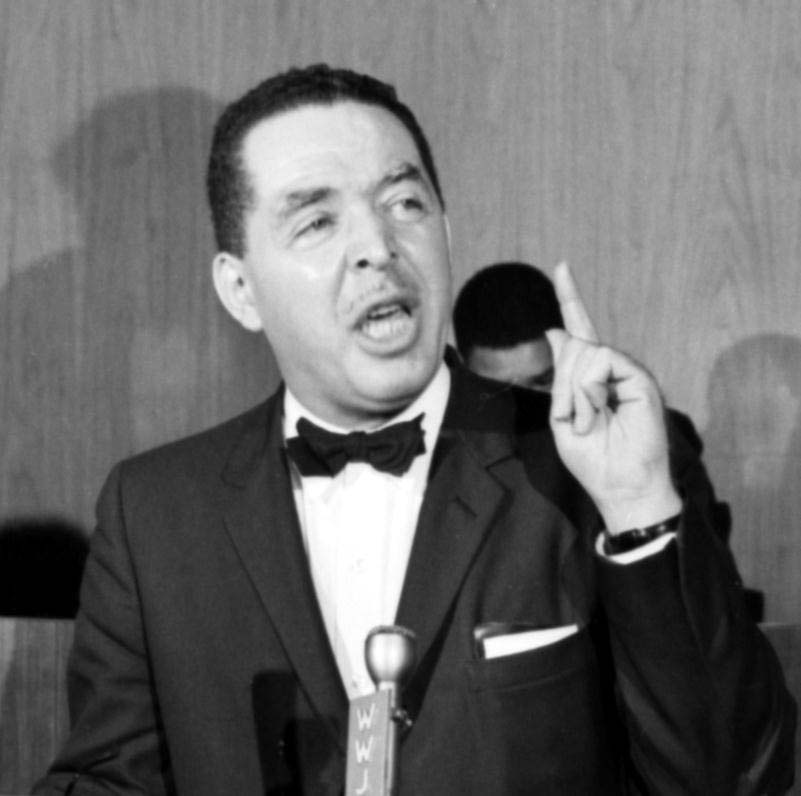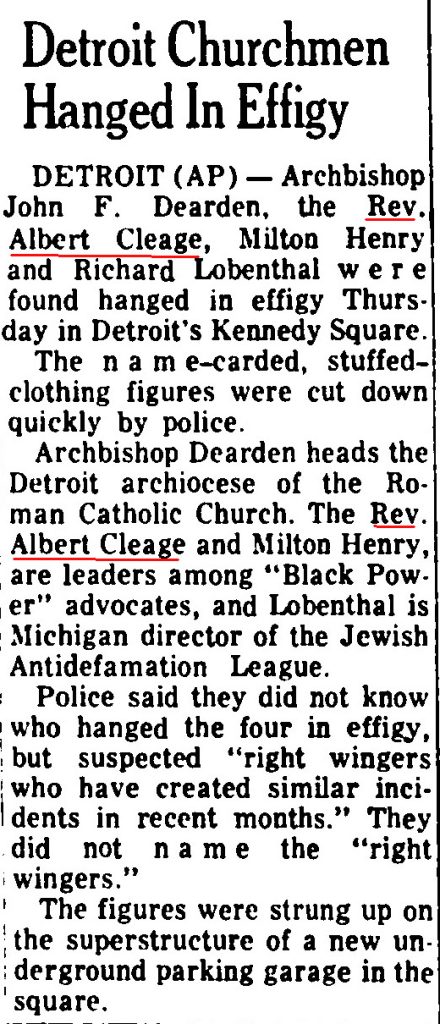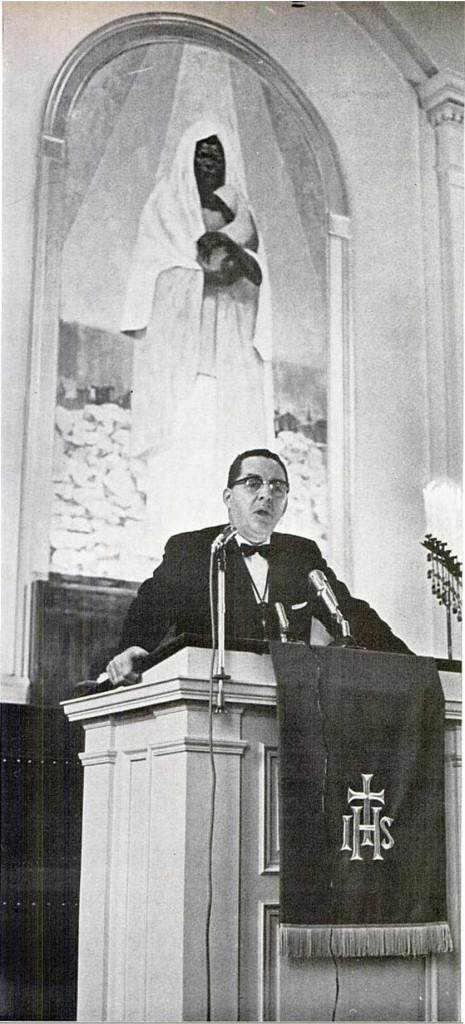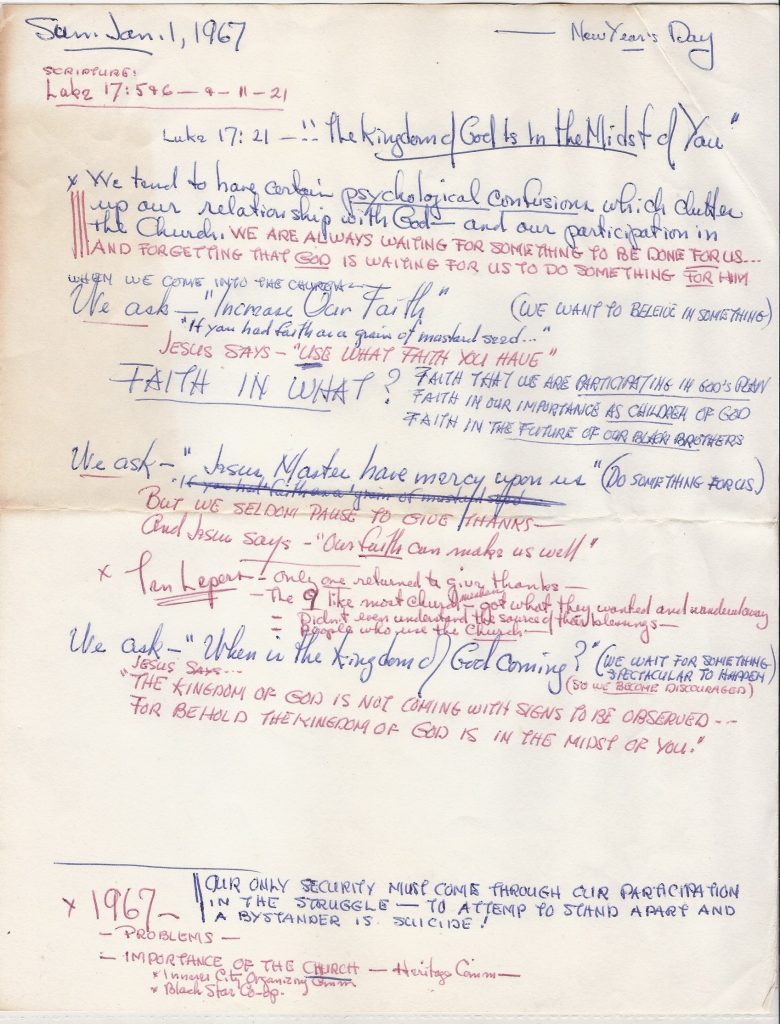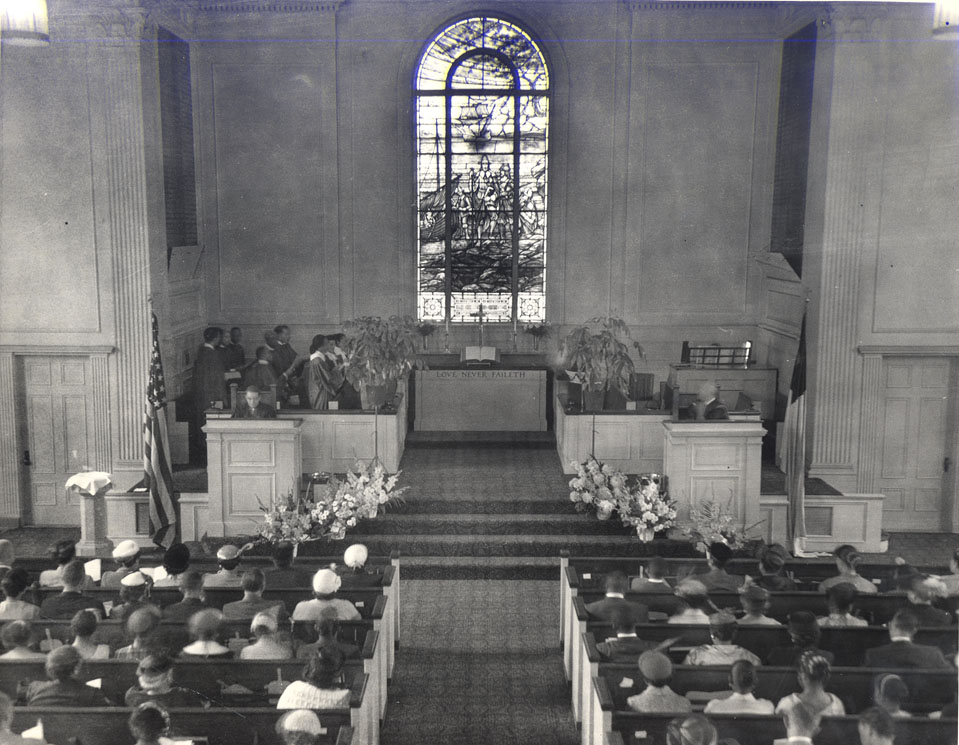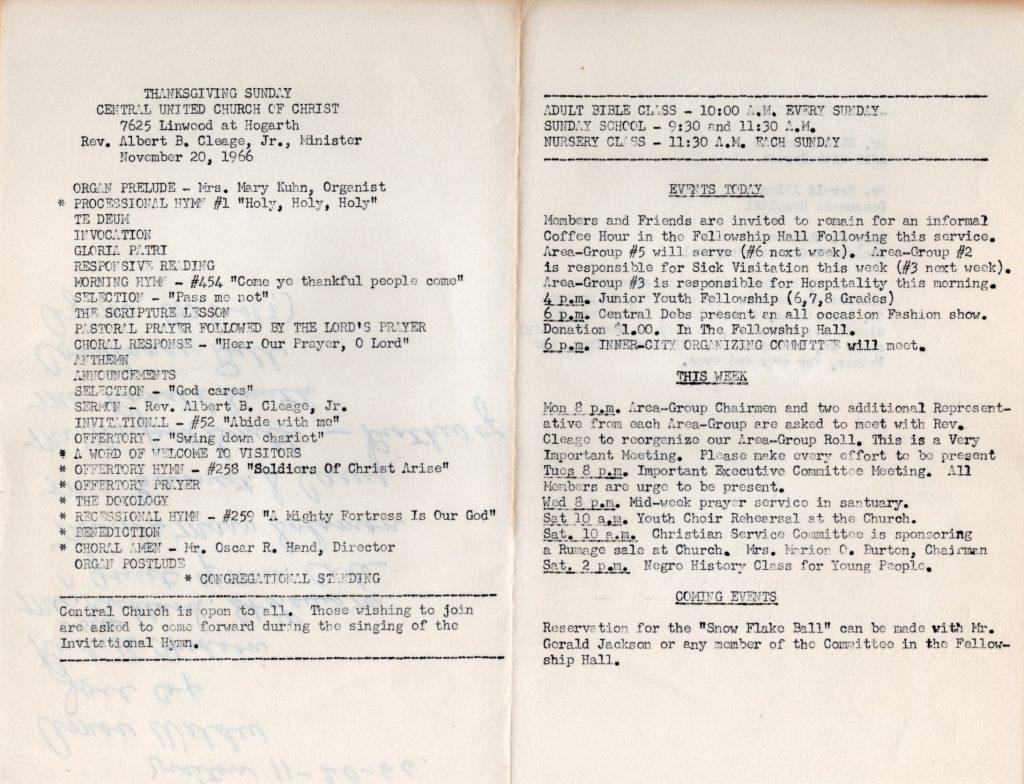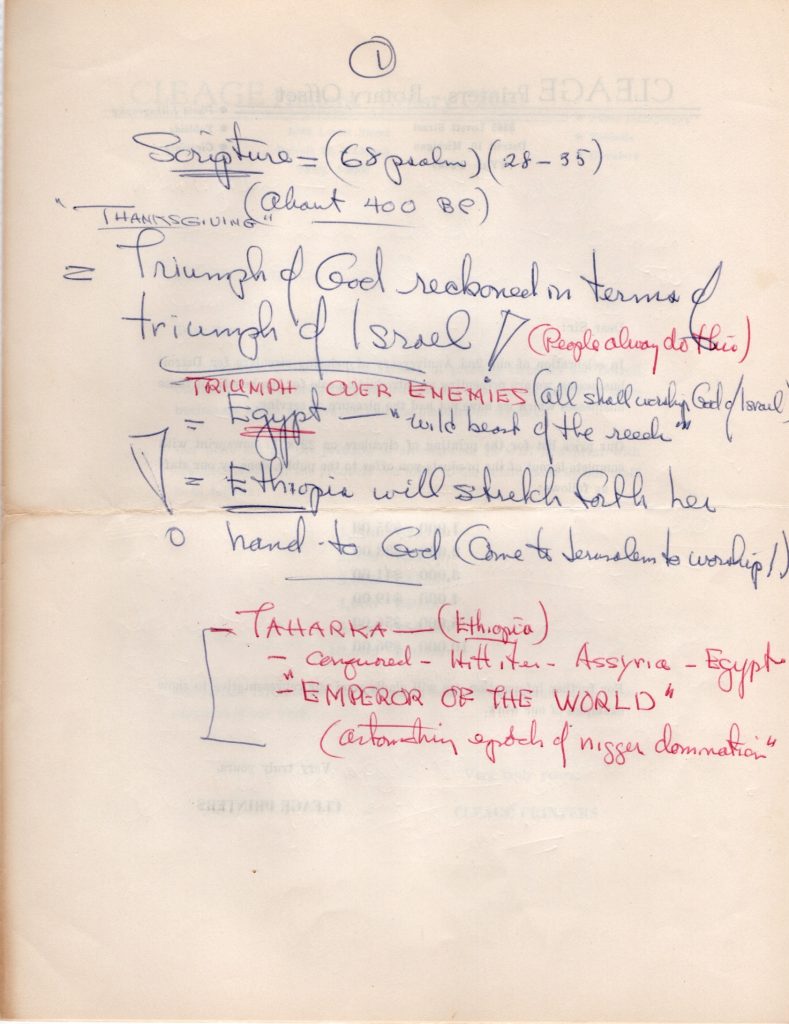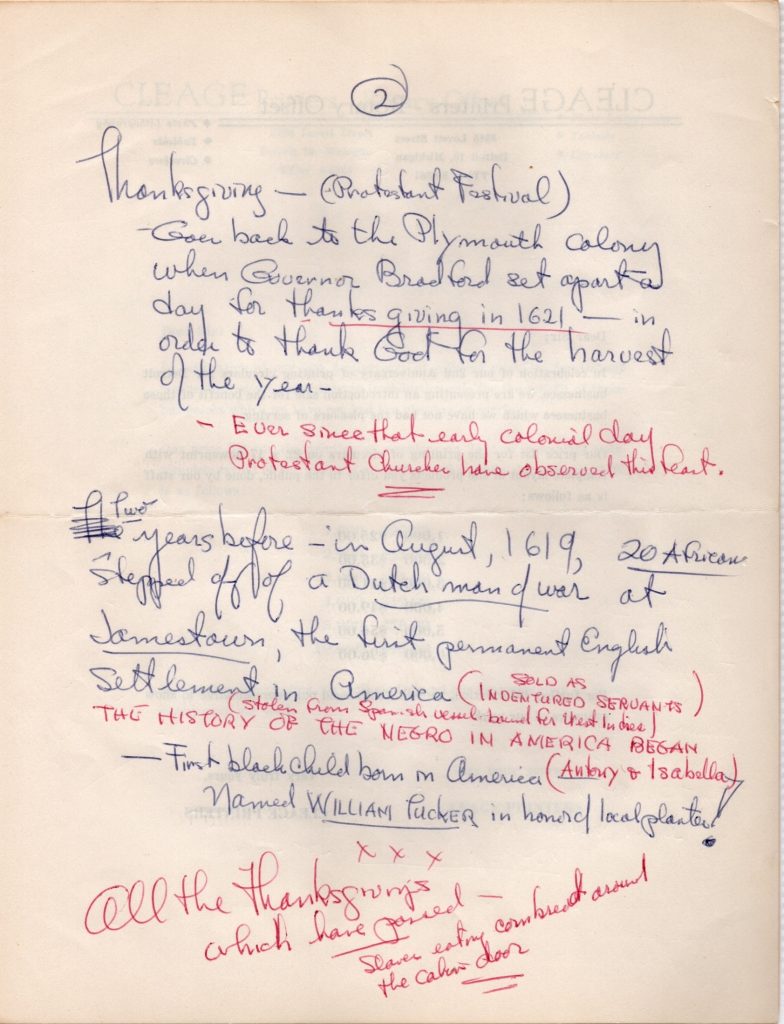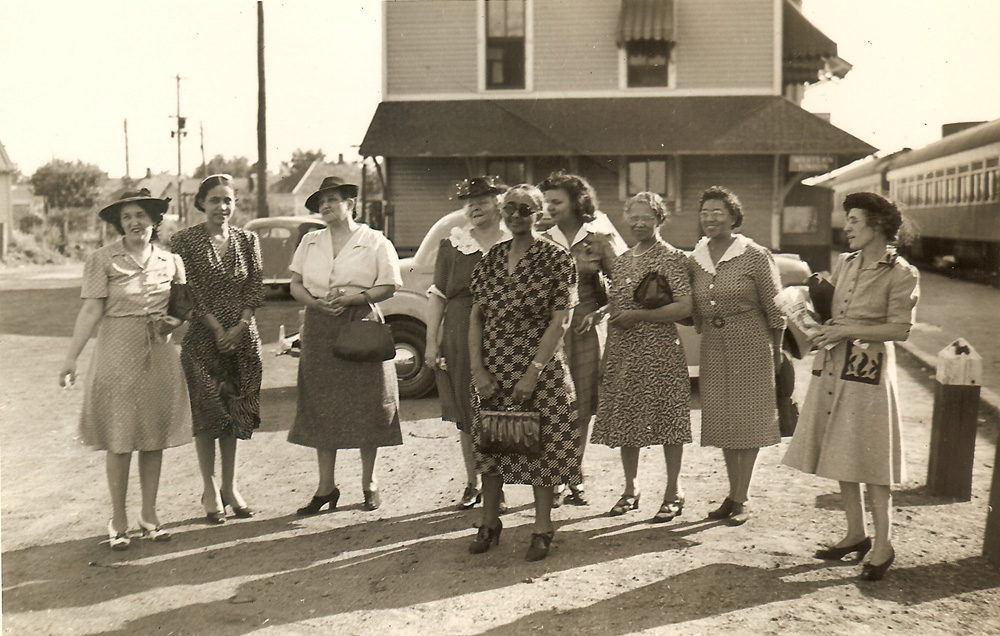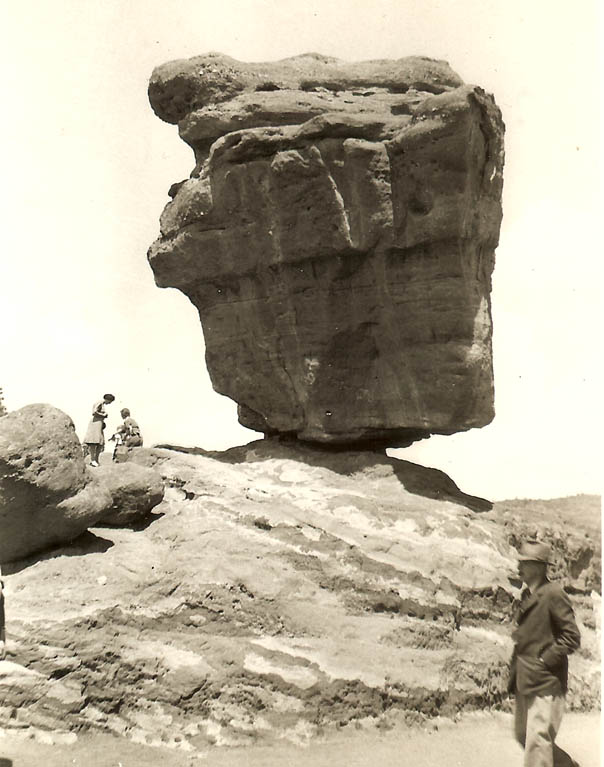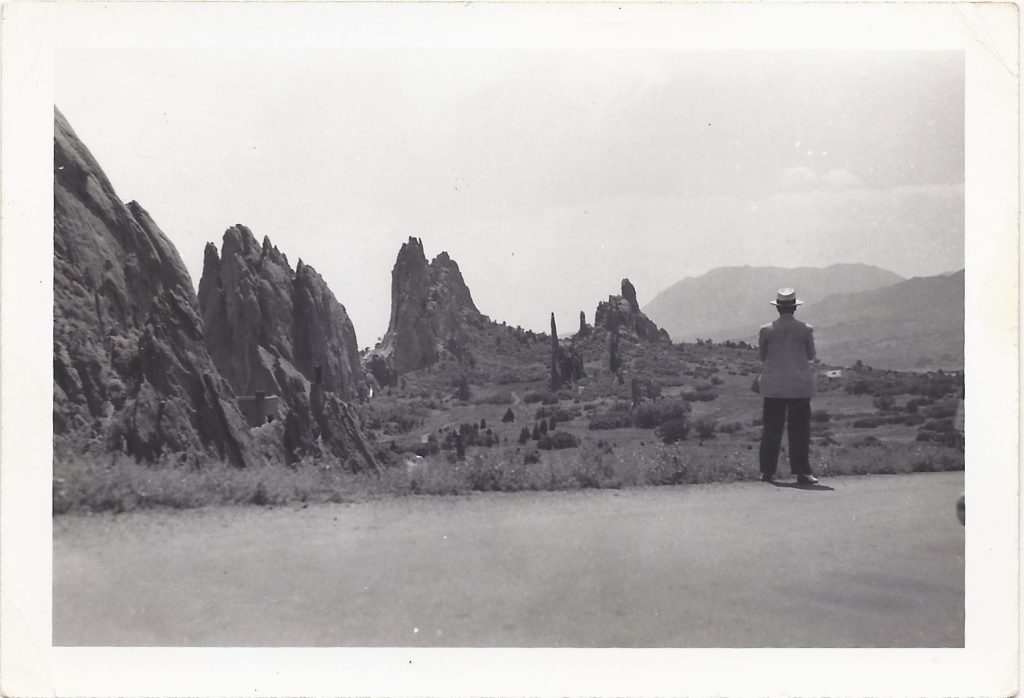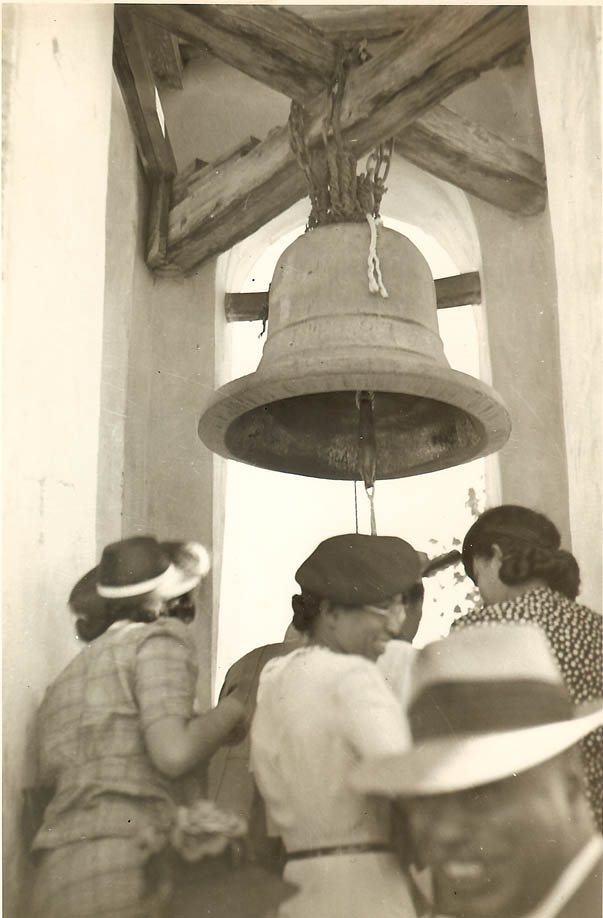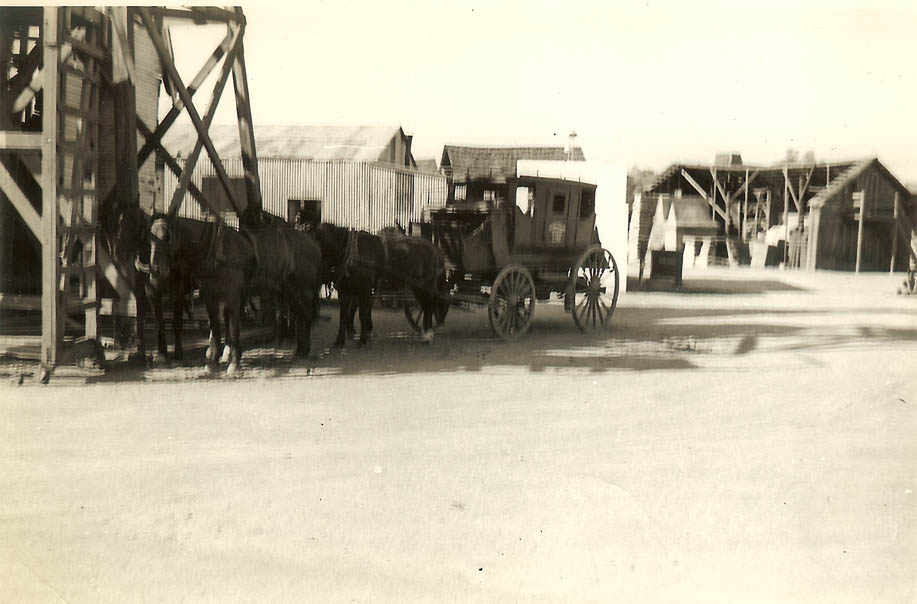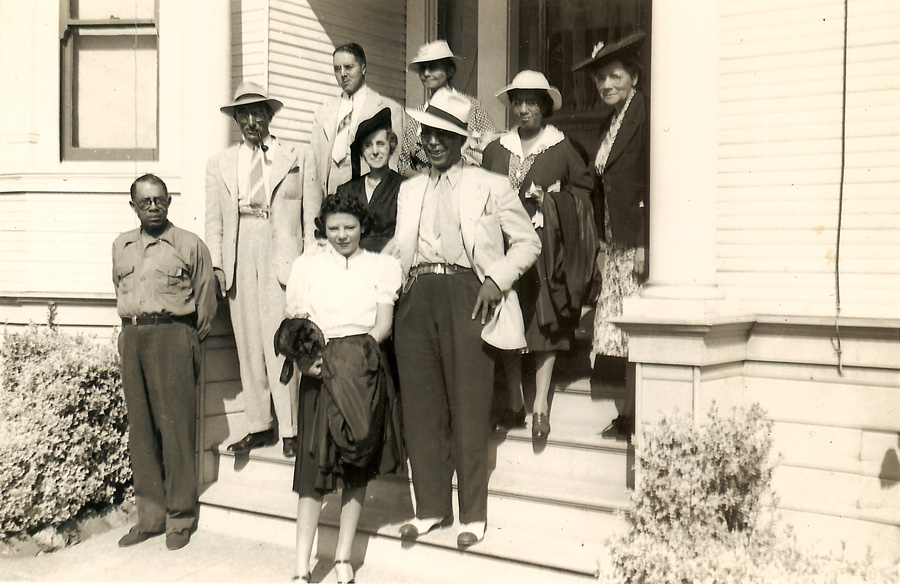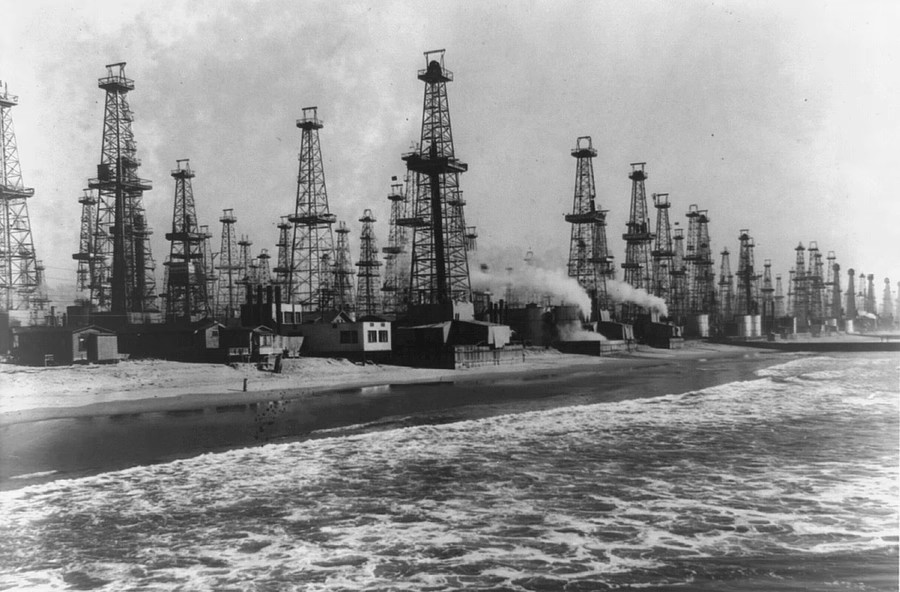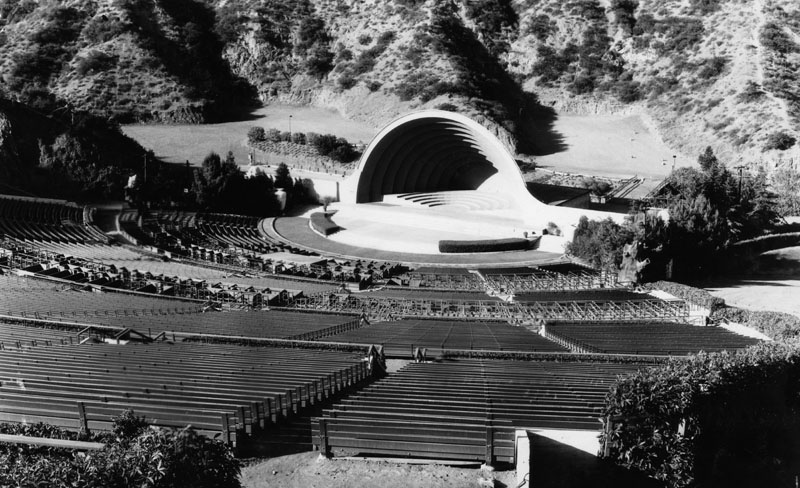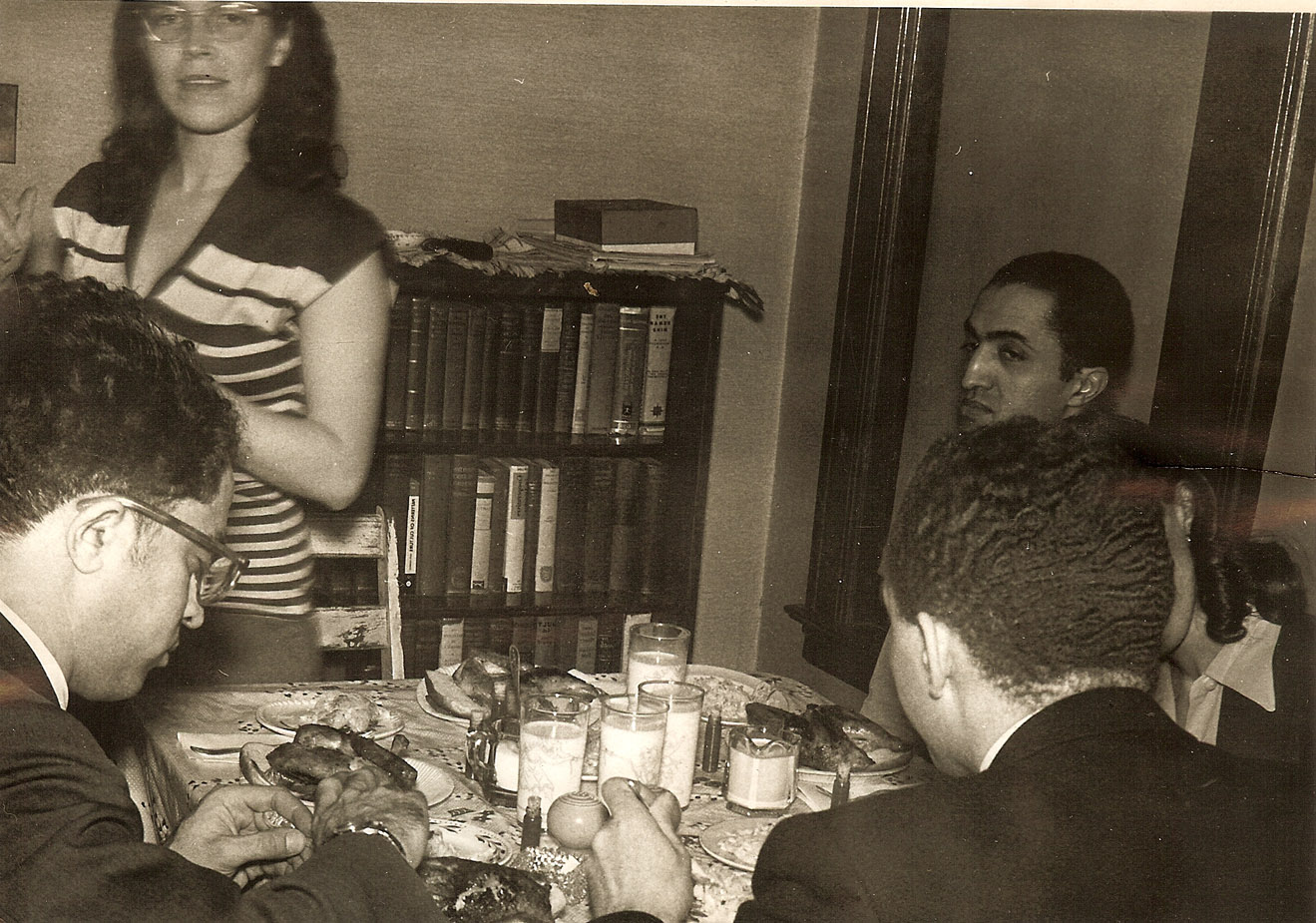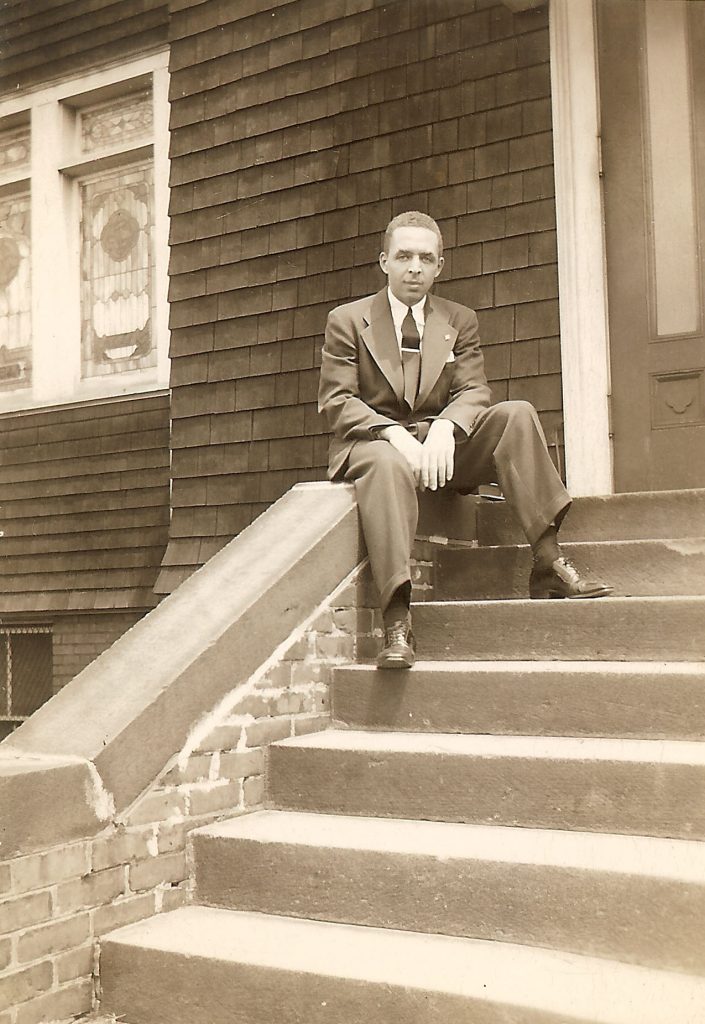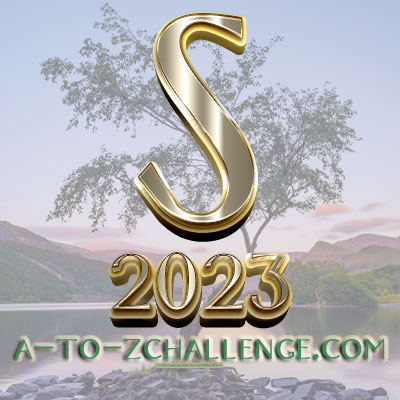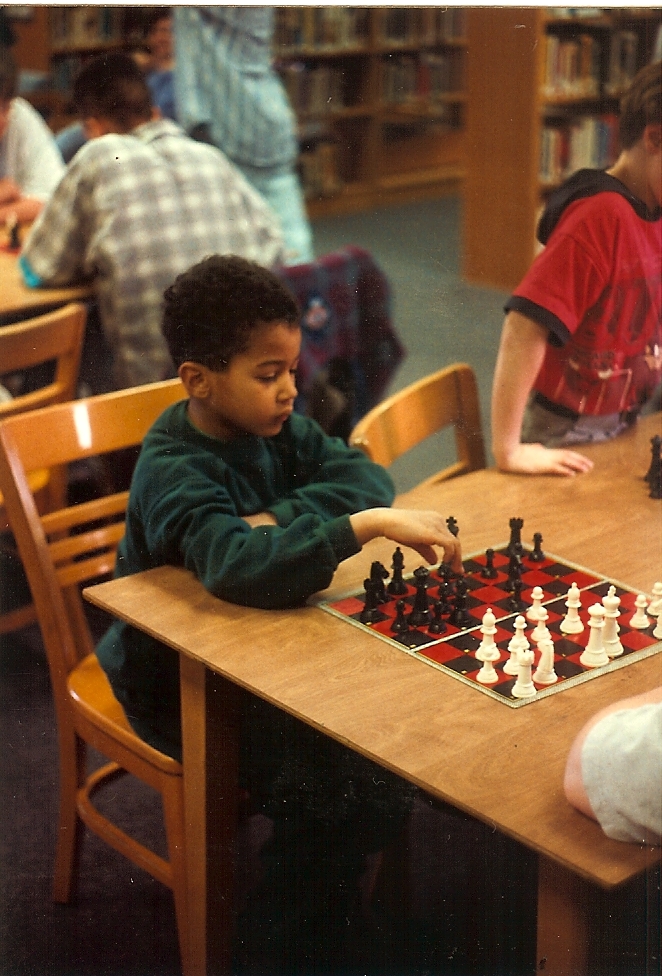
For this year’s A to Z Challenge, I will be posting an event for that date involving someone in my family tree. Of course it will also involve the letter of the day. It may be a birth, a death, a christening, a journal entry, a letter or a newspaper article. If the entry is a news item, it will be transcribed immediately below. Click on photographs to enlarge in another window.
_________________
COMMUNITY GOOD WISHES–A gift went with good wishes to Rev. Albert B. Cleage, Jr., left, at Hotel Kimball last night. William C. Jackson offers the gift as George A. Laws stands by. Mr. Cleage, minister of St. John’s Congregational Church five years, will become minister of St. Mark’s Community Church, Detroit, Mich., May 1.
Thank You’ Said to Mr. Cleage by 25 Men for His Work Here
When Rev. Albert B. Cleage, Jr., resigned as St. John’s Congregational Church minister to go to Detroit, Mich., William C. Jackson had an idea that he took up with George A. Laws, chairman of the St. John’s standing Committee.
The result was that 25 men, representing Springfield’s Negro community, had dinner with Mr. Cleage at Hotel Kimball last night.
They came from different churches, different professions, different parts of the city.
But they came for the same reason: to say “thank you” to Mr. Cleage for five years of effort toward church, community and racial improvement.
Around the dinner table, among others,, were James H. Higgins, former Common Council president; Rev. Frederick A. Brown, assistant pastor, Alden Street Baptist Church; Walter English, Buckingham Junior High School teacher; Ernest Harrison, contractor.
Also Dr. O. L. K. Fraser, dentist; Reginald Funn, former president of the local chapter, National Association for the Advancement of Colored People: Paul Mason, Ward 4 councilman.
And a group of St. John’s members; Robert Daniels, Romeo Elder, Russell Harrison, Howard Porter, Emery Butler and Eugene Sommerville.
__________________
Rev. Albert B. Cleage was my father. My sister and I were born in Springfield, Massachusetts where he was pastor of St. John’s Congregational Church. We moved back to Detroit, where both sides of our extended family lived when I was 4 and my sister was 2. That is where he became pastor of St. Mark’s United Presbyterian Community Church which ended up in the fight and split described in the post Q-Quite a Goal. Going alphabetically does put events out of chronological order.
___________
Other posts with my memories of living in Springfield
Moving – Springfield to Detroit 1951
Moving Day Springfield to Detroit Revisited – 1951
T – The Thief of Baghdad & A Waltz
K is for King St. Springfield, MASS
U is for Union Street
M – Milkman
L – Leaves
